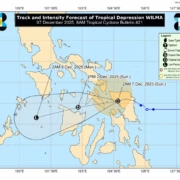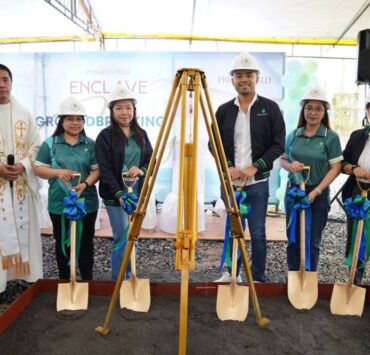Streets contribute to floods, too
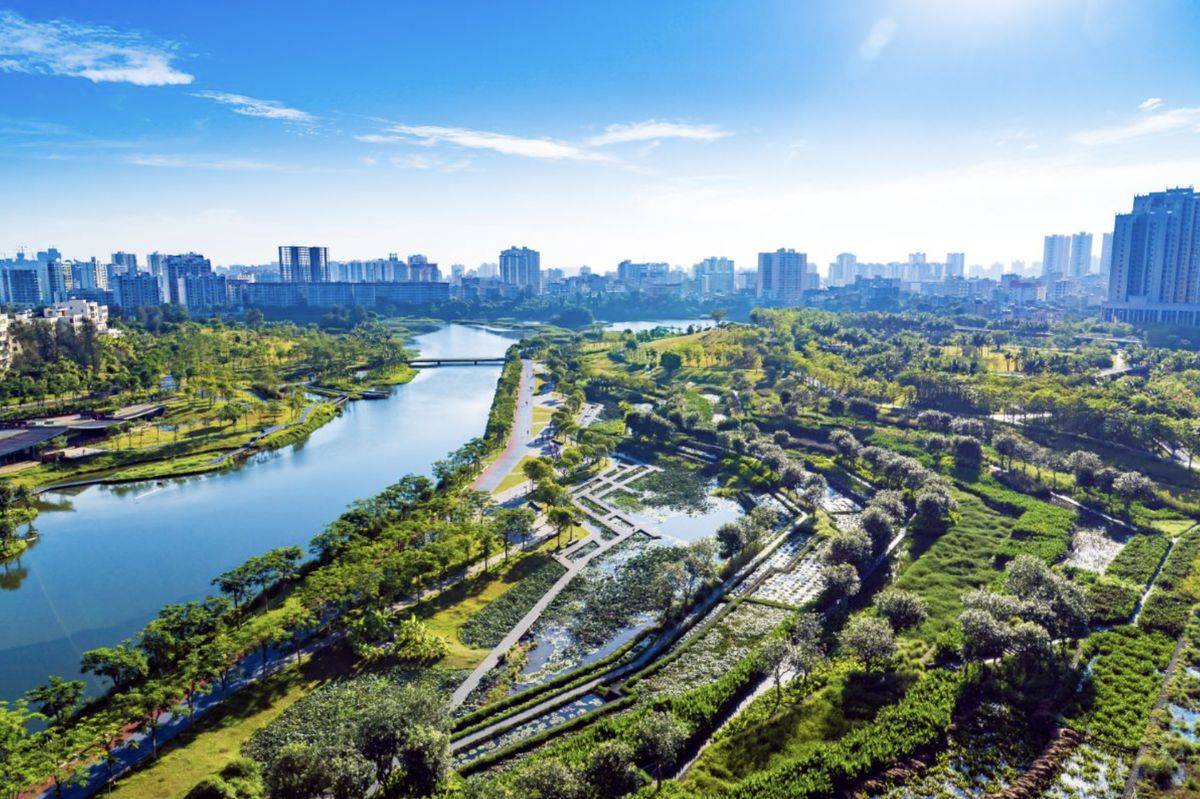
In many of our towns and cities, up to 70 percent of the land area is covered by impervious surfaces like roadways, driveways, alleys, sidewalks, and parking lots.
As rainfall events become more frequent and intense due to climate change, stormwater runoff from these surfaces generates large volumes of water that can lead to flash floods. This runoff also carries pollutants that degrade the quality of rivers and lakes, while reducing groundwater recharge by limiting the soil’s ability to absorb water.
Designing environment-friendly streets
Streets, however, can be designed or retrofitted such that they can provide environmental, social, and economic benefits.

In addition to reducing flood risks and improving water quality, streets can be designed to provide safer pedestrian and bicycle paths, help mitigate heat waves, improve community aesthetics, promote a sense of place, and stimulate community improvements.
These enhancements can make streets safe and accessible to all users while being friendlier to the environment and more beneficial to the community at large at the same time.
Mitigating impact
Transportation-related land uses represent an especially high percentage of overall impervious surface areas. When it rains, these road networks collect large volumes of stormwater runoff, which may cause flash floods and facilitate the transport of pollutants.

Fortunately, towns and cities can install practices that help mitigate stormwater-caused impacts.
By replicating a site’s original hydrology and facilitating the capture, infiltration and evapotranspiration of runoff, transportation network designers can reduce excess stormwater flows while also managing pollutant loadings. Using these techniques represents a sound approach to reducing flood risks, protecting water quality, while also meeting transportation needs.
Green infrastructure
Such techniques retain stormwater and promote infiltration into the ground to reduce runoff volumes.
The term used to describe these techniques is ‘green infrastructure,’ which refers to the range of measures that use plant or soil systems, permeable pavement or other permeable surfaces, stormwater harvest and reuse, or landscaping to store, infiltrate and evapotranspirate stormwater, and reduce flows to drainage systems or to surface waters like lakes and rivers.
Conservation ecologists use the term green infrastructure to describe the creation and networking of natural ecosystems and greenway corridors, like forests and floodplains, that provide ecological services and benefits.
In the context of stormwater, green infrastructure is used to refer to practices such as green roofs, porous pavements, swales and rain gardens that largely rely on using soil and vegetation to infiltrate, evapotranspirate and/or harvest stormwater runoff and reduce flows entering drainage systems.
Many of the green street features are implemented on the side verges, sidewalks and/or center medians of roadways.
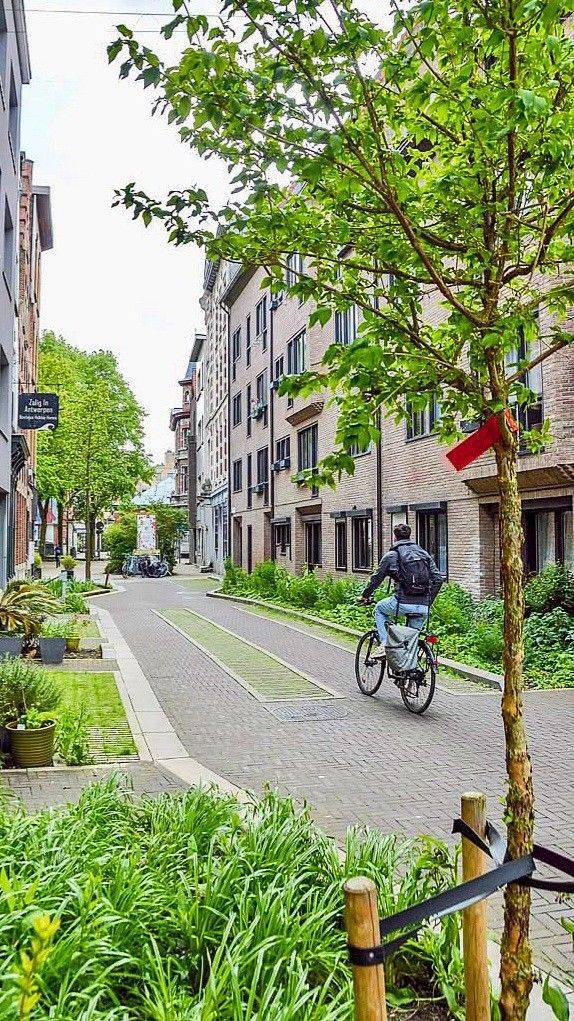
Investing in the community
Traditional stormwater management systems along roads typically direct runoff into pipes or channels that often carry runoff great distances from where precipitation falls.
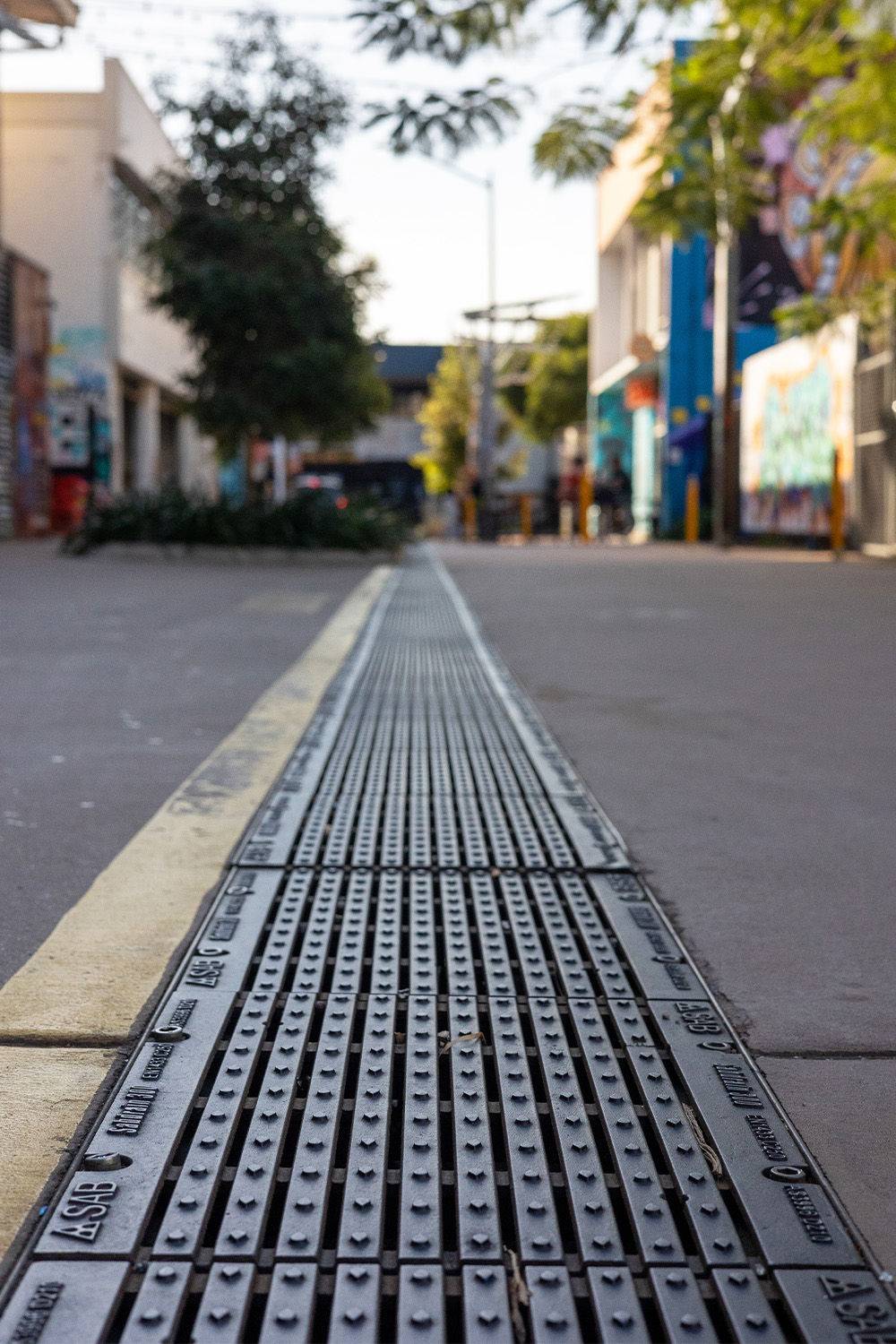

In contrast, a ‘green street’ incorporates a variety of green infrastructure practices that manage stormwater onsite where (or very near to where) precipitation falls.
Because green infrastructure techniques are location-independent and can be applied across different regions and climatic zones, designers can adjust the basic forms to best suit local physical, social and climatic conditions.
Green street techniques can be applied to different road classification systems or typologies including arterial roads, collector roads, local roads, alleys and parking lots. Each typology is suitable for many different types of green infrastructure practices, from bioswales to rain gardens to permeable pavements.
Green streets are an investment in a community because they can provide many benefits. While they can reduce property damage due to flooding and enhance people’s wellbeing, they can also reduce corruption in flood control projects because of their much lower cost.
The author is a Fellow Emeritus of the Philippine Institute of Environmental Planners (PIEP) and Principal Urban Planner of CONCEP Inc.
The author (nveinsiedel@gmail.com) is a Fellow and Past President of the Philippine Institute of Environmental Planners and Principal Urban Planner of CONCEP Inc.











